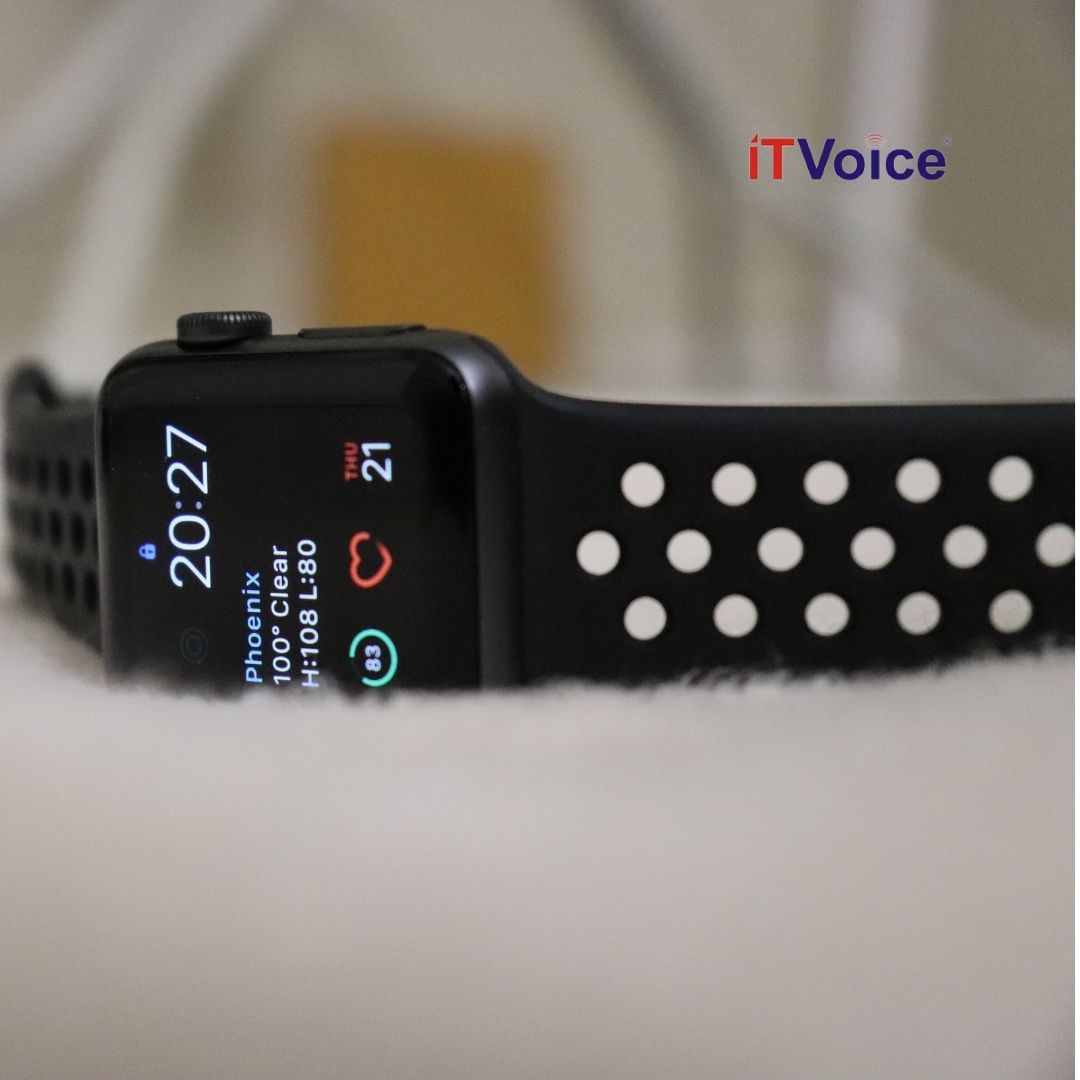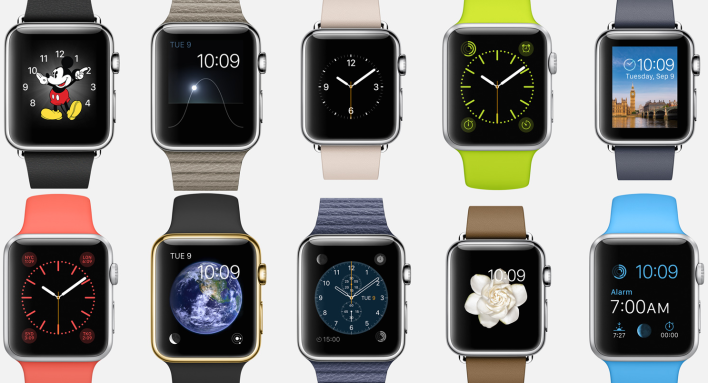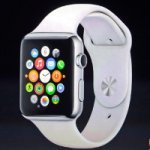The Internet of Medical Things (IoMT) – medical devices and applications that are connected to the healthcare IT systems are expected to grow at a significantly higher rate, particularly between 2018-2023. Wearable health trackers, such as the smartwatches–elements of IoMT, are increasingly becoming mainstream products. Capable of tracking our health data, these devices can help us better understand our overall health and fitness.
According to a wearable tracker report published by IDC, the Indian wearables market saw a massive surge in growth by 144.3%, as compared to 2019, making India the only country in the top three that saw a three-digit growth in 2020. In fact, over the next few years, it is the healthcare industry that is expected to drive the entire wearable devices and technology market – thanks to the availability of cutting-edge products for health and fitness.
Now as the future of health-tracking wearables looks bright than ever before, we asked five Impact Creators to share why a health-tracking wearable is worth considering:
- THEY TRACK OUR EXERCISE, BREATHING, HEART RATE, AND MORE
“Wearables are helping us monitor our exercise, our breathing, and our heart rates with the use of sensors embedded in their chips – software algorithms working on the software layer.
There are numerous techniques from which we are able to achieve this monitoring such as photoplethysmography for blood pressure to share breathing and heart rates, accelerometer sensing for movement, etc. More often, some technologies which come under the application of wearables are edge computing, IoT and cloud computing.”
–Ramneek Kalra, IEEE Member
- WE CAN SELF-MONITOR OUR EXERCISE
“Fitness has gained significant mindshare, thanks to the pandemic. At the same time, social-distancing protocols have restricted access to gyms and other similar community sports centers. In these circumstances, wearables are a boon to help keep track of one’s activity.
Monitoring vital signs and changes as one exercise and providing real-time feedback would help one to keep within safe bounds of stress. For people with lifestyle, chronic or other diseases, exercises could be prescribed with greater confidence that reliable feedback mechanisms would help prevent harm.”
–Aiyappan Pillai, Senior IEEE Member
- THEY PROVIDE A MORE COMPLETE VIEW OF OUR HEALTH
“Activity tracking helps in creating awareness among people the importance of balance in exercise, sleep, and eating habits. But the wearables are not only for healthy people, but they are also more importantly used for people who have some ailments like heart problems and obesity. Athletes may also get into injuries while training where the wearables can help them to be monitored through workout logs and other self-tracking methods.
The devices with self-tracking features help health-aware individuals monitor their own fitness levels through apps and messages, which the wearer can view without even bothering to take the device out of their pockets. The most important effect of these wearables is that a complete view of one’s health can be obtained all in one place thus reducing time and cost.”
–Ramalatha Marimuthu, IEEE Senior Member
- DOCTORS CAN USE THE DATA TO HELP DIAGNOSE
“Even though the data collected by these wearables are very personal information associated with an individual, data protection and privacy standards prevail. But with proper consent, this data can be shared by an individual with their doctors which in turn are vital information for a patient’s diagnosis.
There was news where someone used a smartwatch, and after some months of data trends, helped the doctors diagnose a serious heart condition and immediately acted on it. It saved someone’s life.”
–Sukanya Mandal, Senior IEEE Member
- THE TECHNOLOGY IS IMPROVING
“Today we see wearables’ total addressable market around 33 Billion USD, and it is expected to grow beyond 15% year-over-year. The future is promising for wearables, as it bundles the technology to change the social behavior and acceptance of transformative use-cases.
Apart from the forms of wearables that are available today such as smartwatches, smart badges, smart glasses, smart bracelets, and smart head-mounted gadgets, I see the emergence of exoskeleton suits for lifting heavy objects and prosthetics through 3D printing for creating human organs will be used in manufacturing and healthcare industries to promote the same.”
–Bala Prasad Peddigari, Senior IEEE Member
* Institute of Electrical and Electronics Engineers (IEEE)
Also read:









